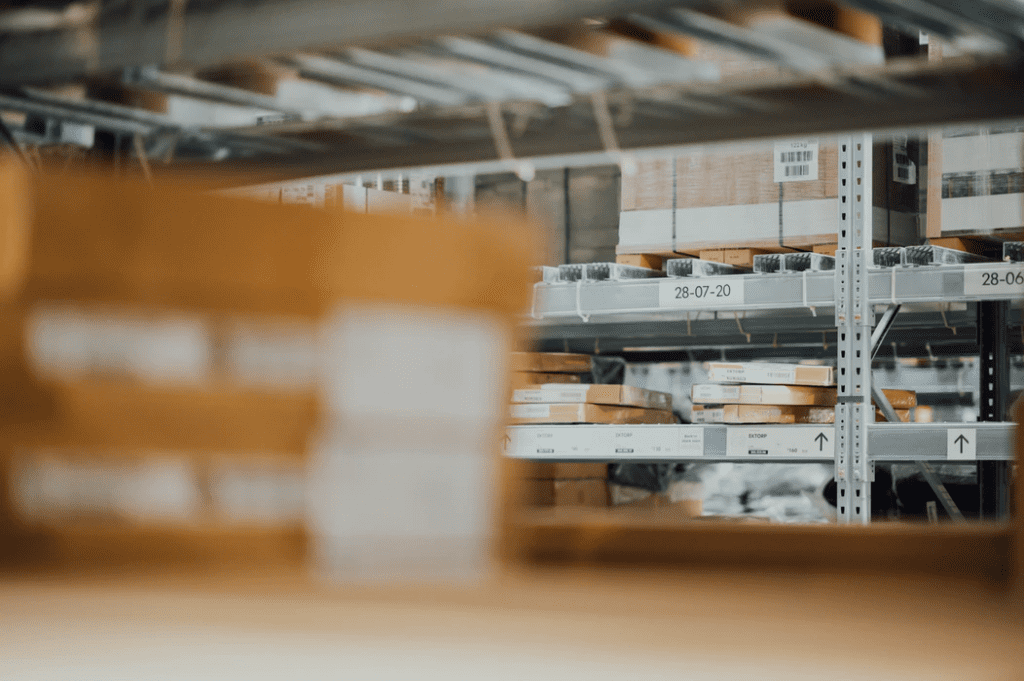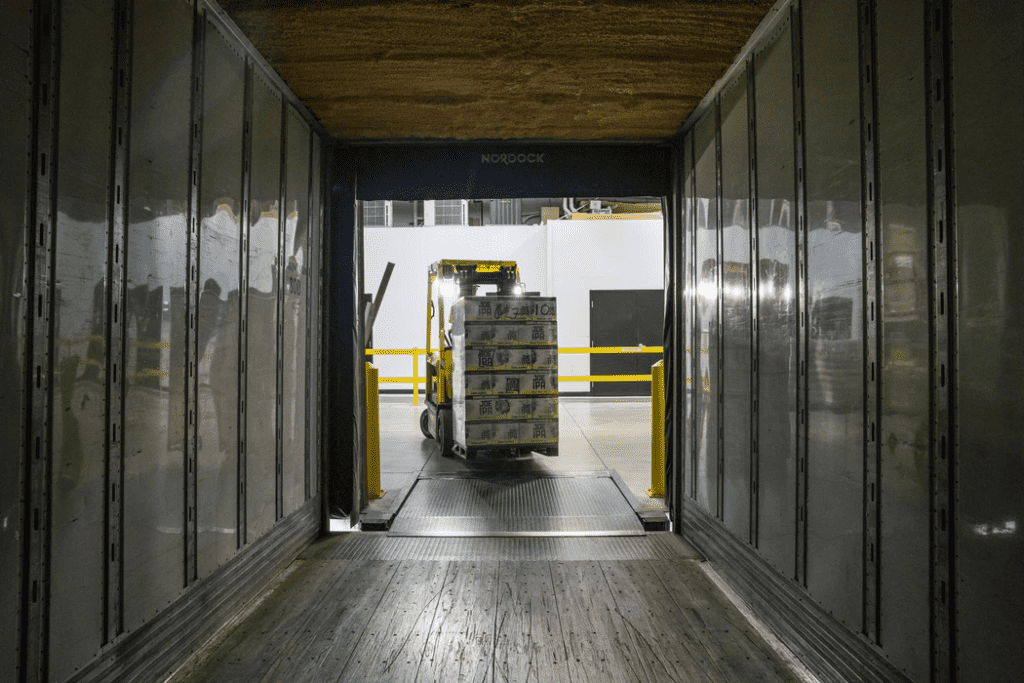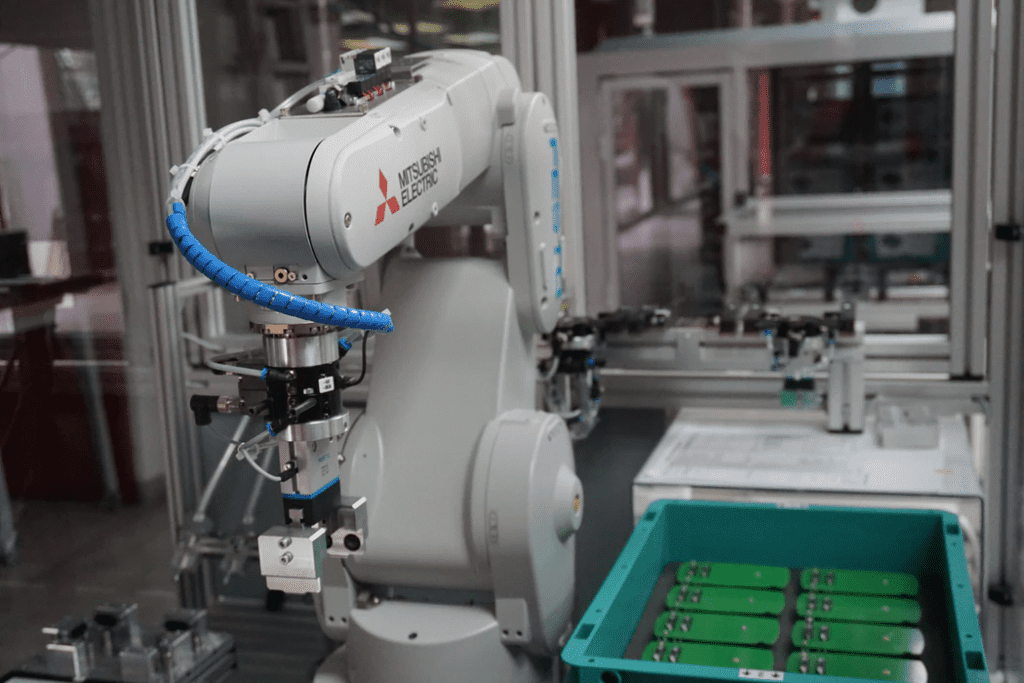How To Calculate And Lower Labor Costs
Labor costs are one of the highest expenses that most businesses contend with. O...

Businesses can only function efficiently as a result of different variables. Arguably, the most important of those variables is customer satisfaction. After all, without customers, there’s no business in the first place! But how does a company get (and keep) those customers? By tracking their available supply using different types of inventory.
Supply and demand is a common concept: your business succeeds when you have a supply of goods and/or services available to your customers. In order to create and maintain demand, supply must be constant. Knowing your inventory and maintaining a seamless communication system (like the messageboard offered by Sling!) within your company helps you keep supply up.

Inventory is literally defined as a stock or store of goods. These goods are maintained by a business to meet demand and fulfill its purpose. Without proper inventory, the business may not know the amount of product (or services) they have on hand and, therefore, won’t be prepared—or even have the capability—to fill orders.
Say you own a retail store, and a customer comes in looking for new jeans. That customer may decide to shop somewhere else if you ran out of jeans yesterday and haven’t restocked them. It makes sense.
What’s more, if you’re a manufacturer, you must maintain several types of inventory in order to keep business ‘running as usual.’ You’ll also want to maintain some supply of finished goods in order to meet demand.
When it comes to supply and demand, there are different types of inventory that business owners and managers need to know. Understanding these various types of inventory can help you better manage, plan, and budget. You’ll then be able to meet demand and thrive in the marketplace.
Raw materials are necessary to the life of any business. They’re made up of the materials your business uses to produce its own goods.
For example, water, sugar, and lemon would be the raw materials you’d need if you run a lemonade business. Without those raw materials, you can’t produce the beverage you market and sell. Lemonade on hand = satisfied (and no longer thirsty) customers.
If your company does not have a system in place to track its supply of raw materials, you can’t accurately forecast what you’ll produce over the next quarter or year.
Work-in-progress (WIP) is made up of the different parts that are being processed in a system, including all:
WIP usually includes raw materials that have been released for initial processing. It also covers the entire process of a production. Say, for example, you own an auto repair company. Brake pads would be part of your WIP.
Expert tip: Sling’s task feature would be idyllic for tracking the status of your employees assigned with changing the brake pads on a car at your shop.
Like you probably would have guessed, finished goods inventory includes any complete products that are now ready to be marketed and sold. If your restaurant business makes pre-packaged ice cream treats, for instance, the packaged and boxed ice cream cones would be finished goods inventory.

As the name suggests, packing material is the inventory you use to pack and ship your finished goods. Packing material usually falls into one of three categories:
Primary packing material includes the box, bag, or other material that encloses your product while on retail display. If your business manufactures laundry detergent, your primary packing material is the box or bottle that customers pull off the grocery store shelf.
Secondary packing material is the box, bag, or other material you use for convenient storage and transportation of your product. Continuing with the laundry detergent example, the secondary packing material is the large box that holds four bottles of your product for bulk storage and shipping to retail locations.
Miscellaneous packing material is all of the other items that you use for the storage and transport of your product, including:
At first glance, packing materials might not seem like a significant expense. But your business does use a large amount of these supplies every day. If you don’t keep tight control of this inventory, the cost will quickly add up.
With good monitoring, tracking, and control, you can allocate certain types of inventory to protect against supply-and-demand uncertainties, low delivery reliability, and poor-quality components. This type of inventory cushion is called safety stock (or buffer inventory).
Safety stock is the amount of product you keep on hand that exceeds what your business needs to satisfy regular demand.
With safety stock, you can avoid:
When your business doesn’t have to contend with these issues, it can provide better customer service—getting the product in the customer’s hand when they need it without making them wait—and, ultimately, better customer satisfaction.
Depending on the business you run and the industry in which it operates, a significant amount of safety stock may be a necessary type of inventory. Other businesses can get away with little or no safety stock. It all depends on the market and how quickly you can manufacture a product (with high quality) and deliver it to your customers.
A detailed review of your workflow, workforce, and fulfillment schedule will give you a clear picture of whether or not safety stock is right for your business.

Smoothing inventory (a.k.a. anticipation inventory) is a type of inventory in which a manufacturer purchases and stores products or supplies in excess of current needs in anticipation of a future event.
Businesses do this because it “smoothes” out the peaks and valleys of seasonal, fluctuating demand and allows them to maintain a constant output. Here’s how it works.
A pen manufacturer will build up components, supplies, and completed stock in the months leading up to the start of a new school year (when demand is at its highest). Then, during the rush of back to school time, the manufacturer slowly reduces the excess inventory without having to increase production time.
Storing smoothing inventory allows the manufacturer to save money in other ways, including:
If your business deals with a seasonal increase in demand, building this type of inventory before the rush comes, can keep your workflow running smoothly and efficiently all year long.
In a manufacturing environment, very rarely does every machine produce at the same rate. One or two pieces of equipment may run several times faster than other pieces of equipment in front of or behind them in the production chain. Sometimes, machines are down for repairs or maintenance.
Despite these differences in activity and production time, manufacturers can maintain the workflow by holding decoupling inventory in stock.
Decoupling inventory are parts, supplies, and finished products that are waiting to be used by the next machine in the chain. Think of it as a type of shock absorber that cushions the manufacturing process against production irregularities caused by a difference in run time, a breakdown, or maintenance of individual machines.
This type of inventory decreases the business’s dependence on the sequential nature of the production line and means that Machine B doesn’t have to wait for Machine A to finish before they can start. The Machine B operator can pull parts from decoupling stock even if Machine A is down for repairs.
The more decoupling inventory a business holds in the various stages of production and distribution the less it will have to coordinate to keep everything running smoothly.
Cycle inventory is a byproduct of economic order quantity theory (EOQ). EOQ attempts to balance inventory costs and machine setup costs.
When your business orders a large number of parts for a single large manufacturing run, inventory costs increase but machine setup costs decrease (because you only have to set up the machine once).
On the other side of the coin, when your business orders a small number of parts for multiple small manufacturing runs, inventory costs decrease, but machine setup costs increase (because you have to alter the machine for each run).
Cycle inventory serves to bring these two costs into alignment and reduce the total cost of the production run. Cycle inventory does this by ordering material in lot sizes rather than on an as-needed basis.
Maintenance, repair, and operating supplies—or MRO goods—are items put in place to maintain tasks in the production process. These goods are usually a major component of the production process but are not directly a part of the finished product.
Examples of MRO goods include gloves, packing materials, tools, etc. Even office supplies like staples, pens and pencils, copier paper, and toner—all of the little parts that keep the wheels turning—are considered MRO goods inventory.

Crucial to business success, service inventory includes the monitoring and management of all other types of inventory in the production process. In a way, it is sort of the “humanized” counterpart to MRO goods.
The comprehensive scheduling system offered by Sling allows you to maintain control of your service inventory by helping you organize your employees’ work schedules with ease. That way, scheduling is always simple and convenient!
Your business will be able to rest assured knowing the production process is on a continuum and that your employees will always be on hand when needed. Now that’s what you call service inventory!
Transit inventories are crucial to businesses that need to transport items or materials from one location to another. Merchandise shipped by truck or rail can sometimes take days (or even weeks) to go from a regional warehouse to your retail facility.
Inventory in transit must be accounted for when it comes to supply and demand, along with the timelines for those demands to be met.
Theoretical inventory attempts to balance (equalize) inflow, processing, and outflow rates into one ideal operation. To do that, theoretical inventory describes the average inventory necessary for a given manufacturing run assuming that no production item (or work-in-progress item) has to wait in a buffer (e.g., decoupling inventory).
In simpler terms, theoretical inventory is the minimum inventory needed for a product to move through the manufacturing system without waiting.
Unless your business runs a single production system (e.g., one machine), theoretical inventory will be an ideal that you may never reach because there will always be some inventory in the system (e.g., transportation, decoupling, MRO, etc.). Nevertheless, you can use this type of inventory to plan production runs and prepare for peak demand.

Unfortunately, simply understanding types of inventory for business is usually not enough. To effectively utilize the various inventory systems, your business should put in place an effective employee/inventory management system.
Whether you run a one-person food cart, a catering company, or a multi-national retail chain, inventory management is essential for the success of your business.
Even if your inventory is fairly limited, managing that inventory effectively can prevent:
When you minimize these often substantial expenses associated with inventory, you save money and improve the cash flow of your business. Basically, you free up capital—capital you can use for more crucial expenses—that would otherwise just be sitting on a shelf.
In the long run, successful inventory management also saves you time that could be better spent on more customer-focused activities. Regardless of the types of inventory you deal with, the right inventory management—along with shift planning, labor tracking, communication, and distribution tools—contributes to the smooth operation of your business.
To make that possible, businesses need a single space to post information related to company happenings, processes, and statuses. The Sling newsfeed provides a place that is easily accessible to all employees. Companies are able to share updates and news with various groups of people, keeping everyone on the same page and bringing teams together.

Seamless communication and management systems are necessary for maintaining a successful cycle of supply and demand. That, along with a solid foundation and management department, is also crucial in accurately monitoring your business’s different types of inventory.
From the retail and service industries to the healthcare and non-profit sectors, tracking your company’s inventory and supply and demand cycle will help you manage your business more effectively. Soon enough, you’ll notice that business success is as easy as making that lemonade we mentioned earlier in the article.
Happy (and effective) tracking makes the business boom!
For more free resources to help you manage your business better, organize and schedule your team, and track and calculate labor costs, visit GetSling.com today.
See Here For Last Updated Dates: Link
This content is for informational purposes and is not intended as legal, tax, HR, or any other professional advice. Please contact an attorney or other professional for specific advice.
Schedule faster, communicate better, get things done.